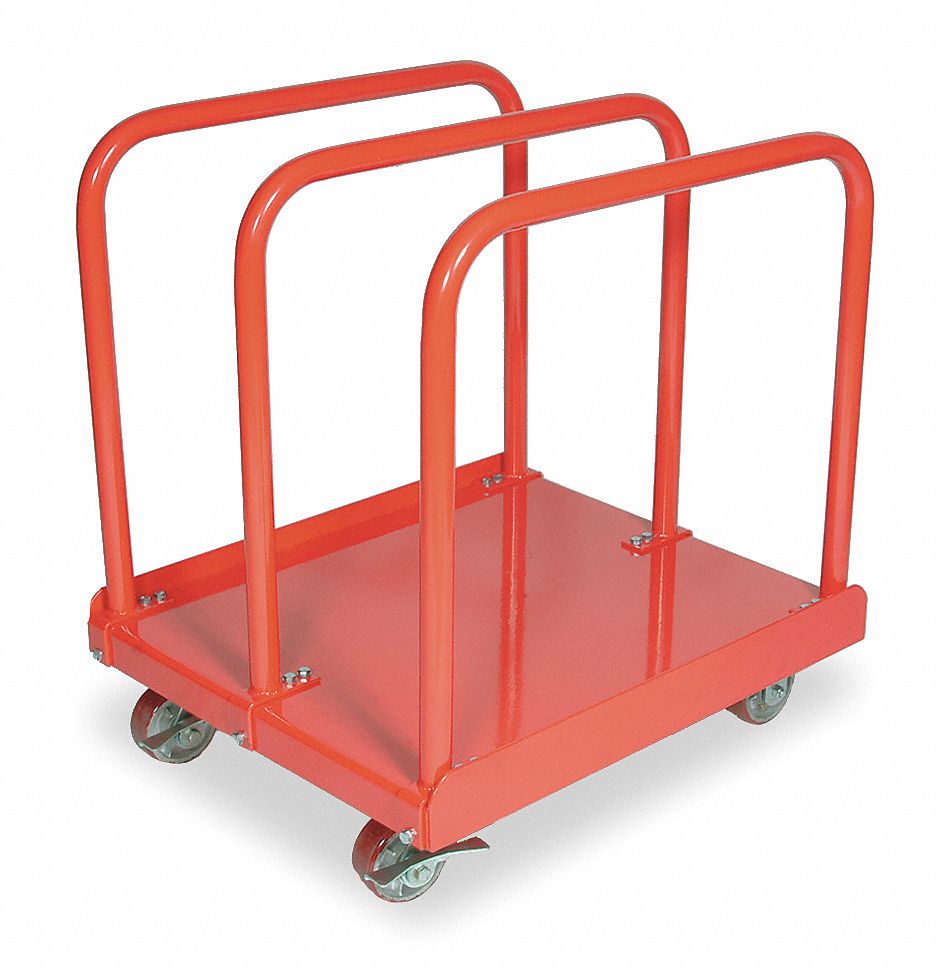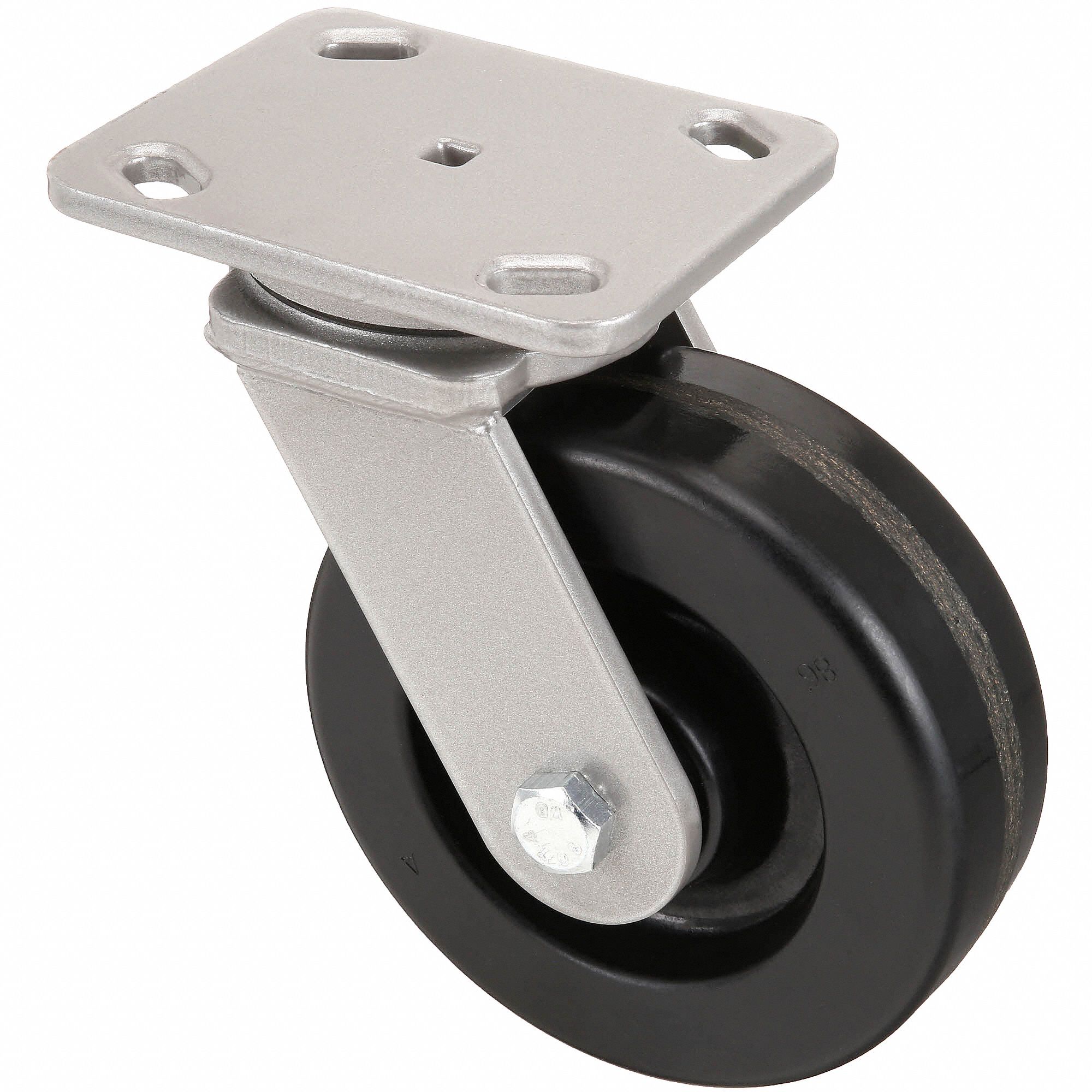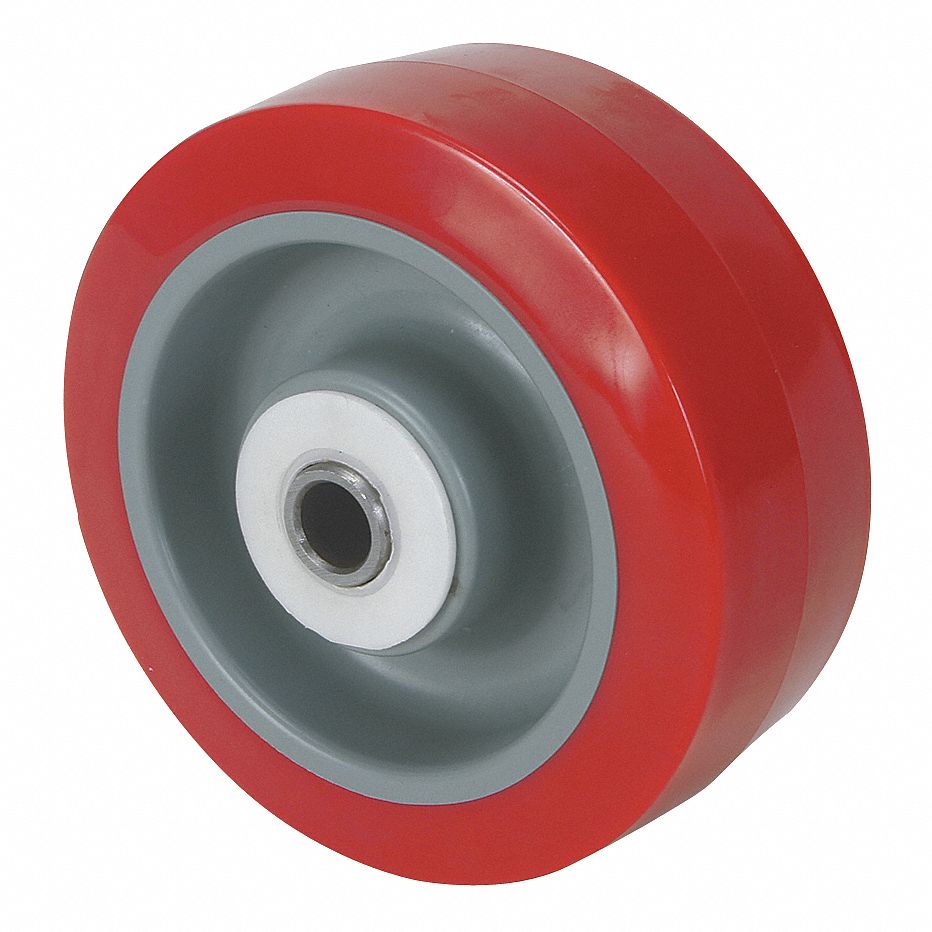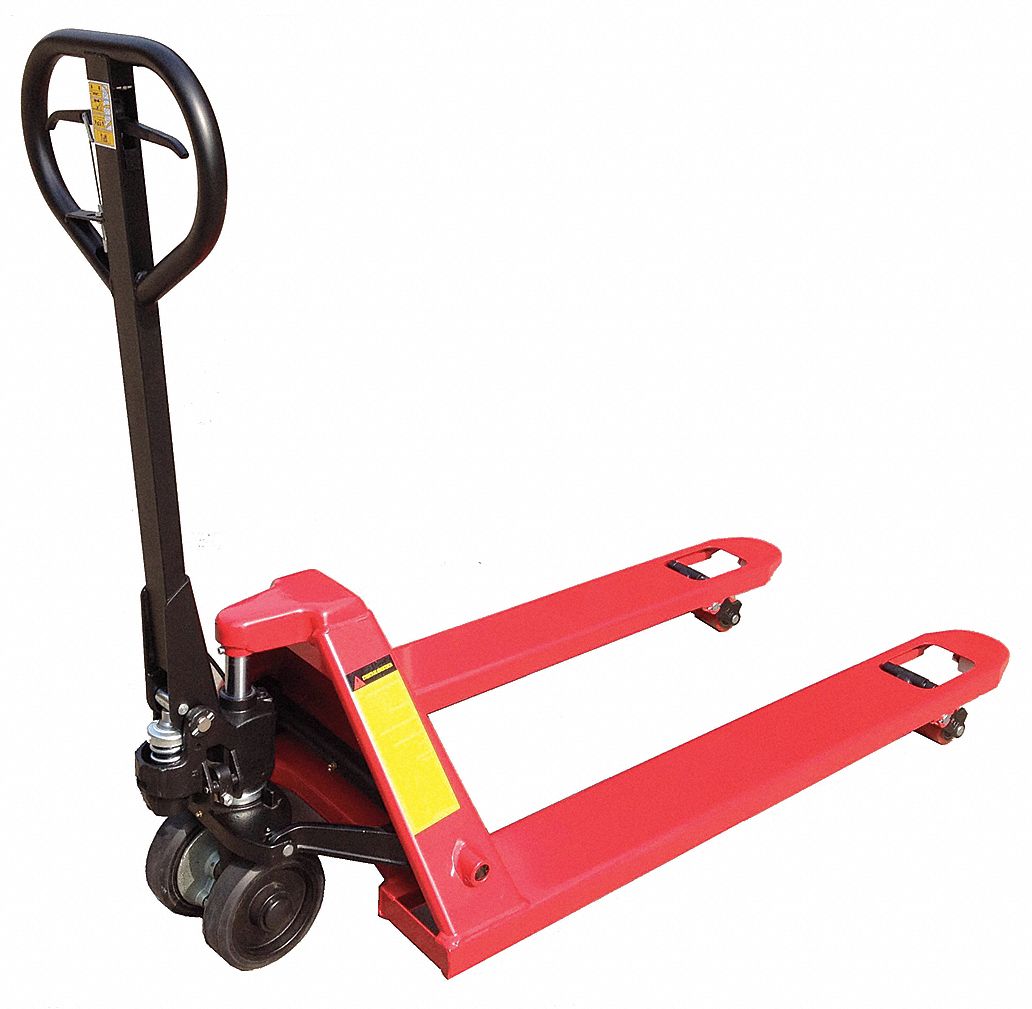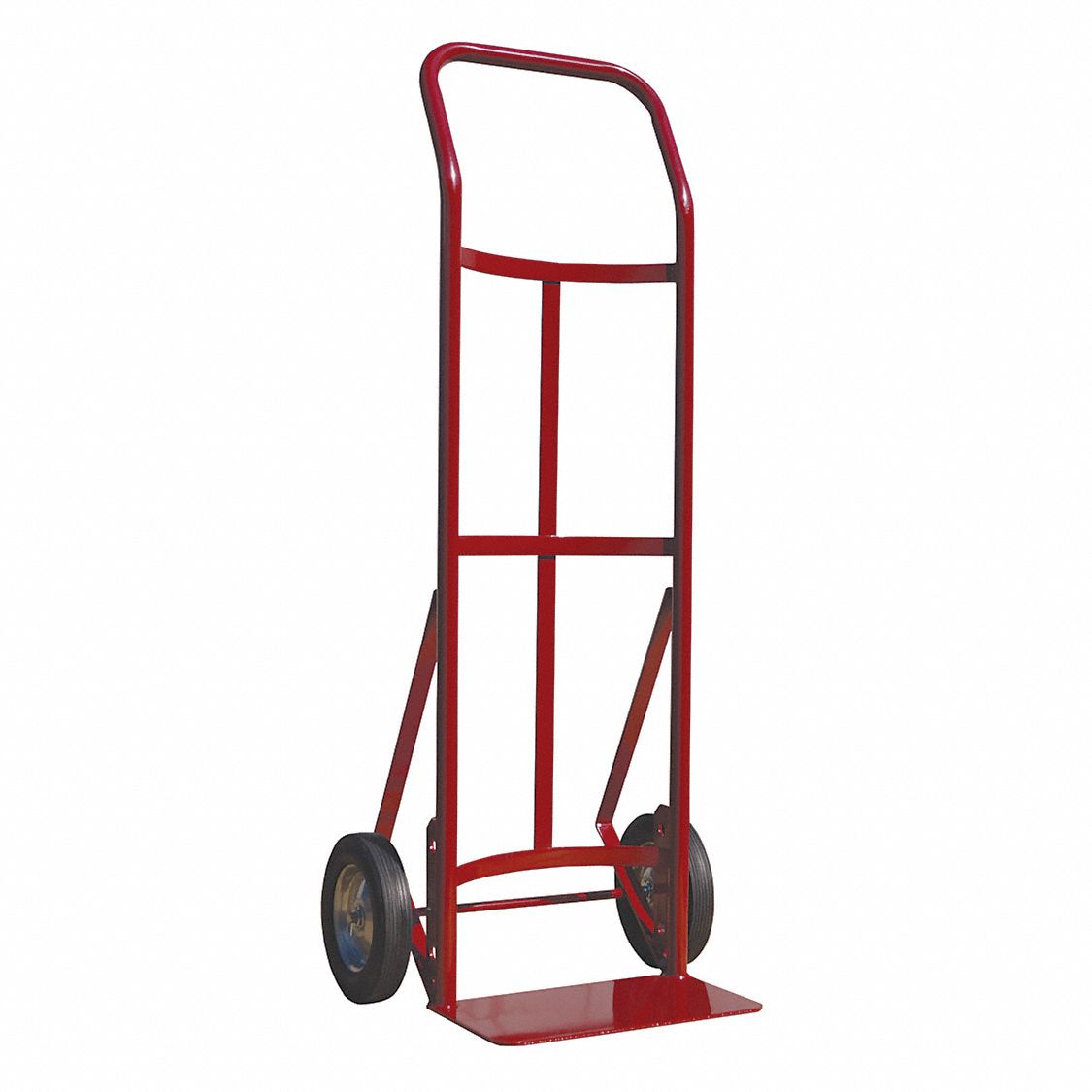

Choosing The Right Ladder For The Job
By Grainger Editorial Staff 9/23/22


It's easy to take ladders for granted, but there are lots of options when you're buying a new one. Choosing the right ladder for the job can be simple if you follow these four steps.
Step 1: Choose the Right Style
The first thing to think about is the style of ladder you need.
Straight ladders are the most basic type of ladder. They lean against walls or other structures.
Stepladders and platform stepladders are self-supporting.
Extension ladders are similar to straight ladders, but they have two or more pieces that can slide together to save space for storage or transportation.
Telescoping ladders are made of tubular sections that can slide down into each other, allowing the ladder to be extended or shortened like a telescope.
Multipurpose ladders have flexible configurations, allowing them to change from straight ladders to stepladders or even scaffolding configurations, depending on the model.
Rolling ladders have wheeled bases, making it easy to move them around warehouses and other facilities.
Cantilever ladders are rolling ladders with counterweights or other counterbalancing features that add stability to unsupported platforms that can give access to hard-to-reach places.
Step 2: Choose the Right Height
Next, think about how tall the ladder needs to be.
For stepladders, a rule of thumb is that most people can reach about four feet beyond the height of the ladder. For example, a 5-foot stepladder would be tall enough for most people to reach a 9-foot ceiling.
It's a bit more complicated for straight ladders and extension ladders. When you're leaning a ladder against a wall for support, you want the base to be one foot out from the wall for every 4 feet of height up to the support point. (This is called the four-to-one rule.) That means that a ladder leaning on a 24-foot wall should have its base 6 feet from the wall. And if you're accessing a roof or other landing area, the ladder should extend 3 feet beyond that support point.
For straight ladders and extension ladders, manufacturer Werner recommends using a ladder with a length that's 7 to 10 feet more than the height of the support point.
Step 3: Choose the Right Duty Rating
The next step is to think of the work you're doing with the ladder. What kind of load does it need to support, and what kind of environment will you be using it in?
The duty rating and ladder type indicate the maximum load and intended application for the ladder. The load includes the weight of the person climbing the ladder plus the weight of their clothing, tools and any other material or equipment that the person is carrying.
Ladder Duty Ratings and Applications
| Duty Rating | Ladder Type | Working Load | Application |
|---|---|---|---|
| Special Duty | IAA | 375 pounds | Rugged |
| Extra Duty | IA | 300 pounds | Industrial |
| Heavy Duty | I | 250 pounds | Industrial |
| Medium Duty | II | 225 pounds | Commercial |
| Light Duty | III | 200 pounds | Household |
Step 4: Choose the Right Material
The last step is to decide whether you need an aluminum ladder or a fiberglass ladder. Aluminum ladders are lightweight but they conduct electricity, so it's important not to use them around power lines or other energized equipment. Fiberglass ladders are heavier but they're suitable for using around electricity, and they're also even more durable than aluminum ladders.
Aluminum vs. Fiberglass Ladders
| Aluminum | Fiberglass |
|
| Weight | Lightest | Heavier |
| Durability | High | Highest |
| Conductivity | Conductive; can't be used around electricity | Nonconductive; suitable for use around electricity |
| Weather resistance | Corrosion-resistant | Most weather-resistant |
| Popular applications | Siding, painting and roofing | Heavy construction |
Bonus Step: Don't Forget Safety
After you've found the right ladder, make sure that you're using it safely. Tool trays, ladder gates, stabilizers and other ladder accessories can enhance safety. Fall protection equipment is also required under many circumstances. You may also want to learn more about compliance with OSHA's ladder standards.
The information contained in this article is intended for general information purposes only and is based on information available as of the initial date of publication. No representation is made that the information or references are complete or remain current. This article is not a substitute for review of current applicable government regulations, industry standards, or other standards specific to your business and/or activities and should not be construed as legal advice or opinion. Readers with specific questions should refer to the applicable standards or consult with an attorney.








